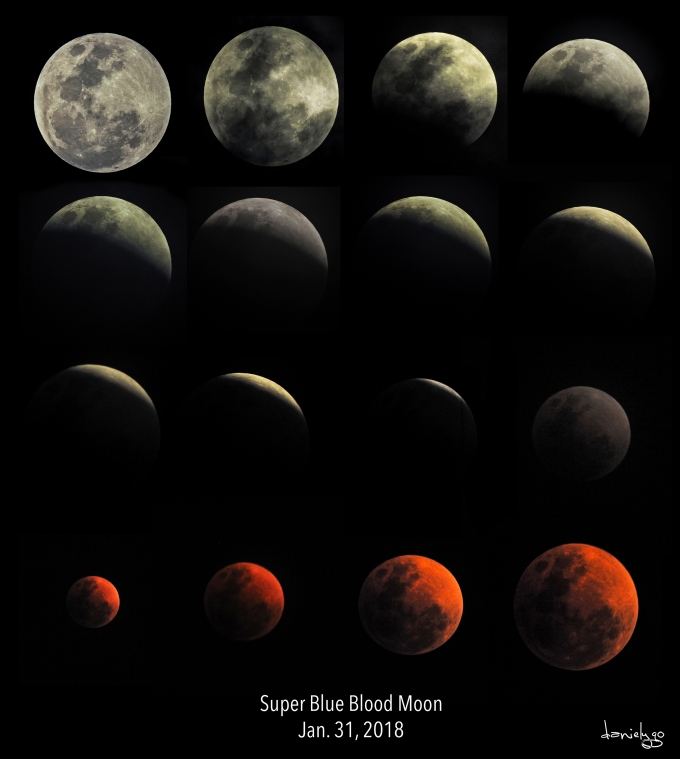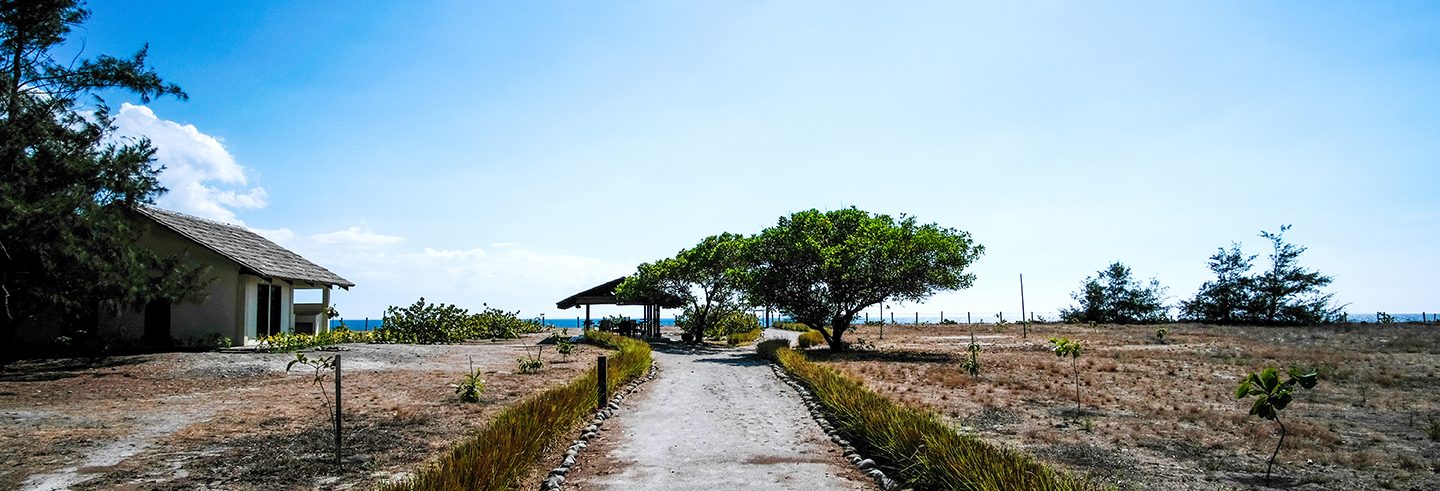

Last night the world witnessed the moon’s hat trick. It was a triple lunar phenomena that happened all at the same time. Dubbed as the SUPER BLUE BLOOD MOON. This phenomena is said to occur only once every 150 years. What exactly is a Super Blue Blood Moon and what are these 3 phenomena?
Here are the descriptions (source: NY Times)
-
A Blue moon happens when there are two full moons within a single calendar month.
-
A supermoon occurs when the moon orbits closer to planet Earth than usual. There was a supermoon on Jan. 1 to start off the year, too. That’s how we get a “SUPER blue moon.”
-
Now comes the “blood part.” During a lunar eclipse, Earth passes between the moon and the sun, and the planet casts its shadow over its lunar satellite. It’s nothing like the spectacle of a total solar eclipse, but the red tinge the moon takes on is striking. And it gives us the “super blue BLOOD moon.”
Of course, photographers and astronomers all came out in numbers to witness and record this event. I did so from the roof of my house. From my precarious position, I was able to capture the event from 7pm before calling it quits around 9:45pm as I was being feasted upon by the mosquitoes.
I was pretty disappointed because. I was super excited to try out the P900 for the once-in-a-lifetime Super Blue Blood Moon but was so disappointed because I was expecting the moon to be bigger and brighter but instead, it was dim and small specially when it started to turn red. The cloudy and hazy condition here in Caloocan didn’t help thus the tiny sensor of my camera had a hard time locking focus on such a low contast target. It was such an underwhelming experience for me.
I learned several lessons here:
1) To temper my expectations as atmospheric conditions vary from place to place.
2) Sometimes it is better to just use a moderate zoom instead of wanting to zoom in and capture every detail as it makes it harder for a tiny sensor equipped camera to lock focus.
3) I should have replaced my tripod head or have it repaired before shooting events like these.
4) A large sensor coupled with a moderate telephoto zoom is still better than a tiny sensor with a massive zoom specially when focusing (even manual focusing) is very difficult in the tiny sensor camera.
But despite all these, I am grateful to have had a chance to witness and capture God’s amazing handiwork in this once-in-a-lifetime phenomena. God is good. Be blessed everyone 🙂
Below are the images I was able to capture using my Nikon P900 superzoom camera.

















This was a gorgeous sequence and thank you tremendously! This was such an amazing share. Smiles, Robin 🌈 ⚡
LikeLike
Thank you so much for the kind words. God bless you 🙂
LikeLike